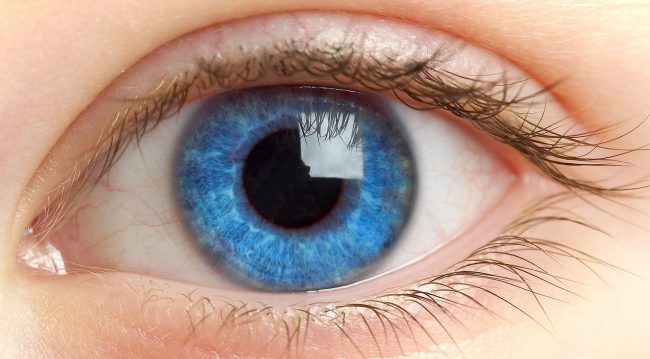Scientists investigated how smells affect color perception
- October 10, 2023
- 0
Some scents can change the way you perceive colors, according to recent experiments conducted in the United Kingdom. But the effects are so subtle that you probably didn’t
Some scents can change the way you perceive colors, according to recent experiments conducted in the United Kingdom. But the effects are so subtle that you probably didn’t

Some scents can change the way you perceive colors, according to recent experiments conducted in the United Kingdom. But the effects are so subtle that you probably didn’t even notice them. Scientists are still a long way from identifying the various ways our senses can overlap and interact.
Human senses are often viewed as a handful of different entities, but this is far from the truth. In fact, everyone has some level of sensory “switching” – even those of us who can’t “taste” colors or “hear” shapes like synesthetes. For example, if a cherry soda is orange in color, your eyes may perceive it as having an orange flavor, but if a strawberry drink is red, your nose may perceive a sweeter aroma. How color changes our perception of taste is well researched, but how these hues interact with smell is less well researched.
Research by a team from three British universities has revealed how smell strangely colors our perception of reality. In the experiment, 24 adult participants of both genders were placed in a dark room in front of a computer screen. The purifier cleaned the air for four minutes. The scent then spread throughout the venue for five minutes.
Participants waiting in the room were never directly informed about the odor, but were simply told that they would see a colored dot appear on the screen in front of them. Their goal was to change two sliders, one going from yellow to blue and the other going from green to red, so that the color point was a neutral gray.
The same process was repeated until all participants had smelled the four odors five times and the color points were adjusted. Scents were chosen randomly from a list that included caramel, cherry, coffee, lemon, and mint. Unscented water was used as a control for each participant.
The study authors found that, unlike unscented water, participants tended to adjust the sliders too far from neutral gray when the scent was emitted.
The scent was found to disrupt participants’ perception of neutral grey, adjusting its color based on “corresponding scent colours” and typically making the gray “warmer” in some way. For example, when the scent of coffee wafted into the room, participants “saw” a gray color with a slight reddish-brown tint. Caramel, on the other hand, caused participants to choose more yellow-gray than neutral grey.
Cognitive psychologist Ryan Ward from Liverpool John Moores University explains: “These results suggest that the perception of gray is weighted by the expected cross-modal pairing for four out of five tastes: lemon, caramel, cherry and coffee.”
“This ‘overcompensation’ suggests that the role of cross-modal relationships in sensory processing is strong enough here to influence how we perceive information across odors and colors through different senses.”
Ward and his colleagues have long been interested in finding out how smell and vision interact. Every second, the human brain tries to integrate sensory information to understand the world around it. Although smell is ingrained in our lives, it often goes unnoticed, changing our perception without even realizing it.
Previous studies have shown, for example, that sometimes the nose “smells” what the eyes “see” and vice versa. In these past experiments, participants watched a series of dots on a computer screen move faster when there was a lemon scent and slower when there was a vanilla scent.
Color, like movement, is affected by scent.
In a previous study, Ward and colleagues found that the smell of caramel was associated with dark brown and yellow, the smell of coffee was associated with dark brown and red, the smell of cherry was associated with pink, red and purple, mint was associated with green and blue, and the smell of mint was associated with dark brown and red. Lemon is associated with yellow, green and pink.
Their current experiments detail these cross-species relationships, but mint scent does not appear to affect the perception of gray as the authors hypothesized. More studies among larger groups are needed to clarify why only some odors affect color perception. For example, it is still unclear why the scent of peppermint did not color participants’ perception of neutral gray, whereas other scents presented in the study did.
“We need to know to what extent odors affect color perception,” says Ward. “For example, is the effect shown here still present in less common odors, or even odors encountered for the first time?”
Scientists have yet to figure out how this relates to “the most underrated sense”: smell. Source
Source: Port Altele
As an experienced journalist and author, Mary has been reporting on the latest news and trends for over 5 years. With a passion for uncovering the stories behind the headlines, Mary has earned a reputation as a trusted voice in the world of journalism. Her writing style is insightful, engaging and thought-provoking, as she takes a deep dive into the most pressing issues of our time.